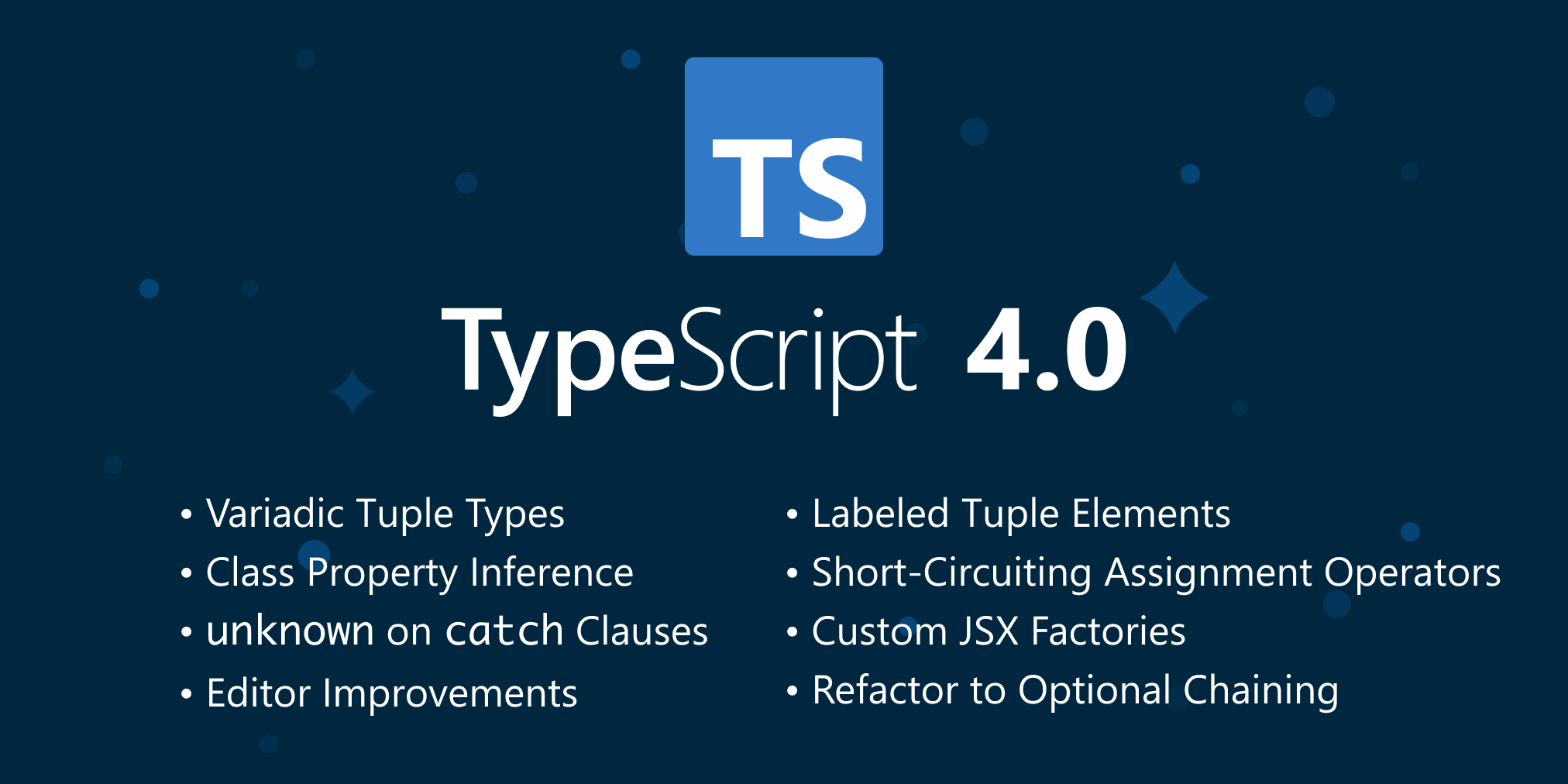
How to Do React Properly: Best Practices & Modern Techniques
Learn how to do React properly with functional components, Hooks, state management, and best practices for maintainable, high-performance apps.
Bhavishya Sahdev
Author
How to Do React Properly: Best Practices & Modern Techniques
Image unavailable
React Components Diagram
Introduction
React has become one of the most popular JavaScript libraries for building user interfaces, enabling developers to create dynamic and maintainable web applications. But how do you do React properly--writing code that is idiomatic, scalable, and performant?
This guide synthesizes up-to-date best practices, proven techniques, and modern React patterns for intermediate to advanced developers. All claims and recommendations are backed by authoritative resources, such as the official React documentation (https://react.dev/learn) and reputable expert blogs (LogRocket, Smashing Magazine).
Section 1: Core Concepts of React
React applications are fundamentally built from components--modular, reusable, self-contained pieces of UI that manage their own state and properties (React Official Documentation - Quick Start). Components can be either function-based or class-based, but modern React development favors functions due to their simplicity and power (React Official Documentation - Hooks Introduction).
React uses JSX, a syntax extension allowing you to write HTML-like markup inside JavaScript. Proper JSX syntax requires elements to have a single parent and self-close void elements, ensuring component renderings are predictable and maintainable (React Official Documentation - Quick Start).
State management is a core aspect of React components, primarily handled via the useState Hook in functional components. State can be shared across components by "lifting state up" to a common ancestor, which promotes a unidirectional data flow and clearer state management (React Official Documentation - Quick Start).
Section 2: Implementation Details
Functional Components and Hooks
React 16.8.0 marked a pivotal change with the introduction of Hooks, enabling function components to manage state and side effects without using classes (React Official Documentation - Hooks Introduction). Hooks like useState and useEffect simplify component logic and improve code reuse. For example:
javascriptimport { useState } from 'react'; function Counter() { const [count, setCount] = useState(0); function handleClick() { setCount(count + 1); } return ( <button onClick={handleClick}> Clicked {count} times </button> ); }
Example of a functional component managing state with Hooks (React Official Documentation - Hooks Intro)
Event Handling
React handles events declaratively by passing event handlers as props, typically without invoking them immediately (e.g., onClick={handleClick}). This approach avoids common pitfalls of improper binding and preserves component purity (React Official Documentation - Quick Start).
Conditional Rendering and Lists
Use standard JavaScript constructs like ternary operations and logical operators to conditionally render components within JSX.
javascriptfunction Greeting({ isLoggedIn }) { return ( <div> {isLoggedIn ? <Dashboard /> : <LoginForm />} {isLoggedIn && <LogoutButton />} </div> ); }
Render lists by mapping arrays to JSX elements, ensuring each child has a unique key prop to optimize reconciliation:
javascriptconst items = ['apple', 'banana', 'cherry']; function ItemList() { return ( <ul> {items.map(item => <li key={item}>{item}</li>)} </ul> ); }
(React Official Documentation - Main Concepts)
Section 3: Best Practices
State Management and Lifting State Up
Share state sensibly by lifting it to the nearest common ancestor of components that need access, avoiding prop drilling where possible. This technique encourages cleaner component hierarchies and easier debugging.
javascriptimport { useState } from 'react'; function MyApp() { const [count, setCount] = useState(0); function handleClick() { setCount(count + 1); } return ( <div> <MyButton count={count} onClick={handleClick} /> <MyButton count={count} onClick={handleClick} /> </div> ); } function MyButton({ count, onClick }) { return ( <button onClick={onClick}> Clicked {count} times </button> ); }
Illustration of shared state using lifting state up (React Official Documentation - Quick Start)
Avoid Classes When Possible
While React remains backward compatible with class components, current best practices favor functional components with Hooks for their simplicity and composability (React Official Documentation - Hooks Introduction, LogRocket Blog). Use classes primarily when maintaining legacy code or when necessary.
Styling and Developer Tools
Apply styles via the className attribute in JSX and manage them using conventional CSS, CSS Modules, or CSS-in-JS libraries according to your team's preference. Utilize React Developer Tools for profiling and debugging to engineer performant applications (React Official Documentation - Quick Start).
Emerging Trends
Modern React development also emphasizes creating custom Hooks to encapsulate reusable logic, moving away from class lifecycle methods to the useEffect Hook for side effects, and leveraging concurrent features like Suspense as they mature (LogRocket Blog). Optimization using React Profiler and memoization techniques is considered best practice for high-performance apps.
Conclusion
Writing React properly means embracing functional components and Hooks, adhering to clean and maintainable state management patterns, writing declarative and clear JSX, and following best practice guidelines supported by authoritative sources. By doing so, developers build scalable, performant React applications with fewer bugs and improved developer experience.
Leverage official documentation at react.dev and legacy.reactjs.org as your primary resources. Continuously monitor the React ecosystem to adopt evolving features like Suspense and concurrent rendering when appropriate.
References
- React Official Documentation - Quick Start: https://react.dev/learn
- React Official Documentation - Hooks Introduction: https://legacy.reactjs.org/docs/hooks-intro.html
- LogRocket Blog - How to do React properly: https://blog.logrocket.com/how-to-do-react-properly-best-practices/
- Smashing Magazine - React Patterns & Best Practices: https://www.smashingmagazine.com/2020/06/react-patterns-best-practices/
Image unavailable
React Hooks Illustration
Image unavailable
Lifting State Up Diagram

